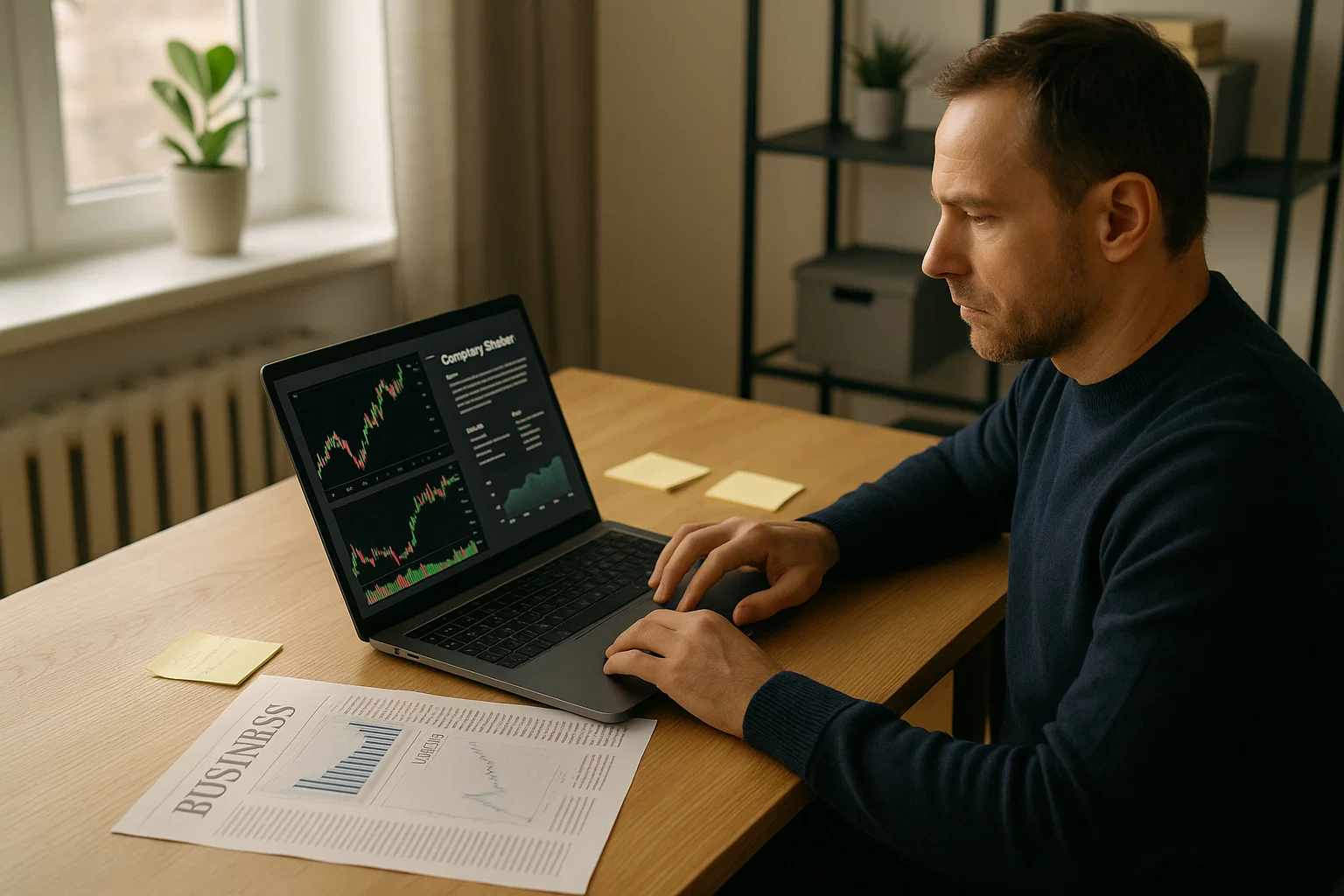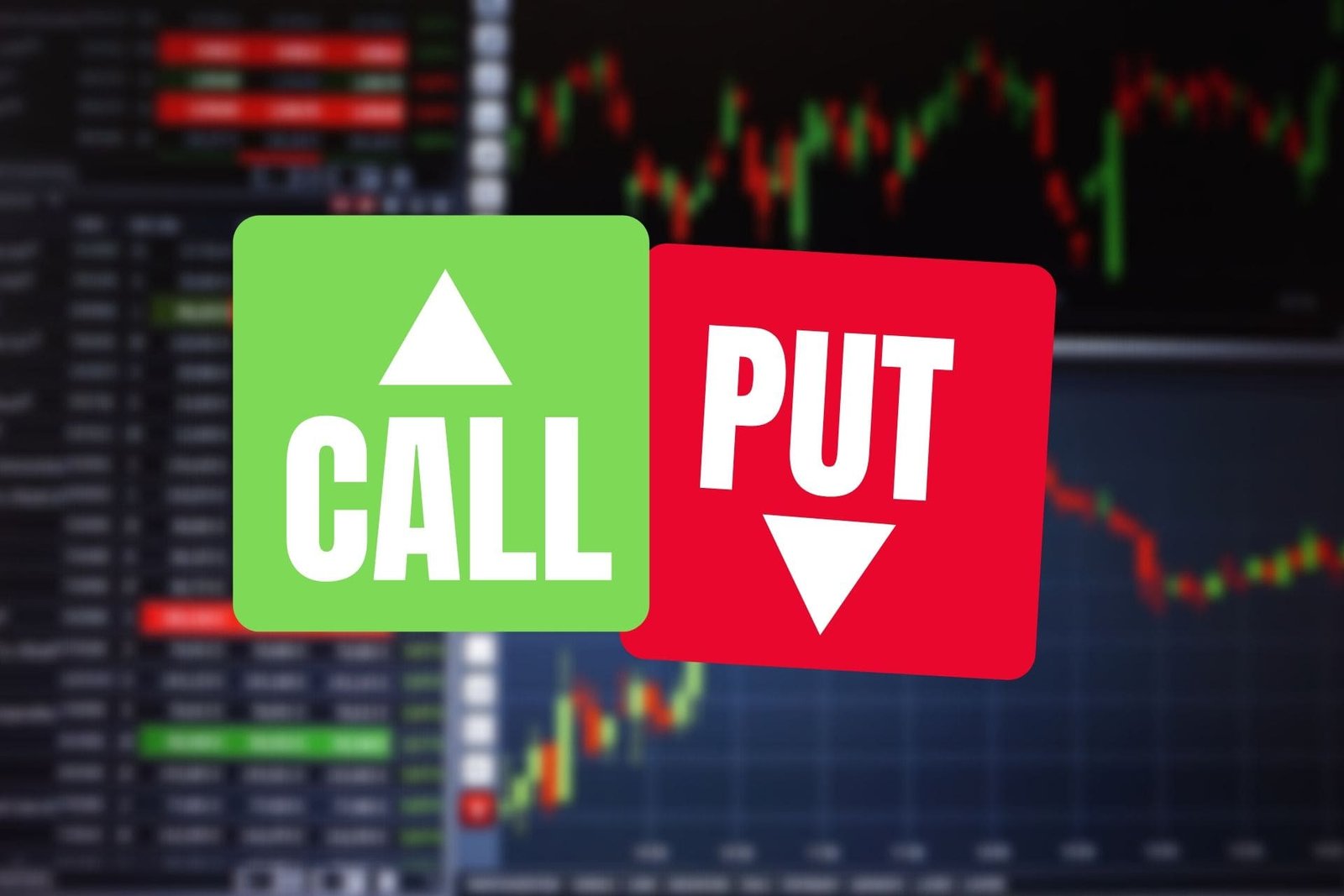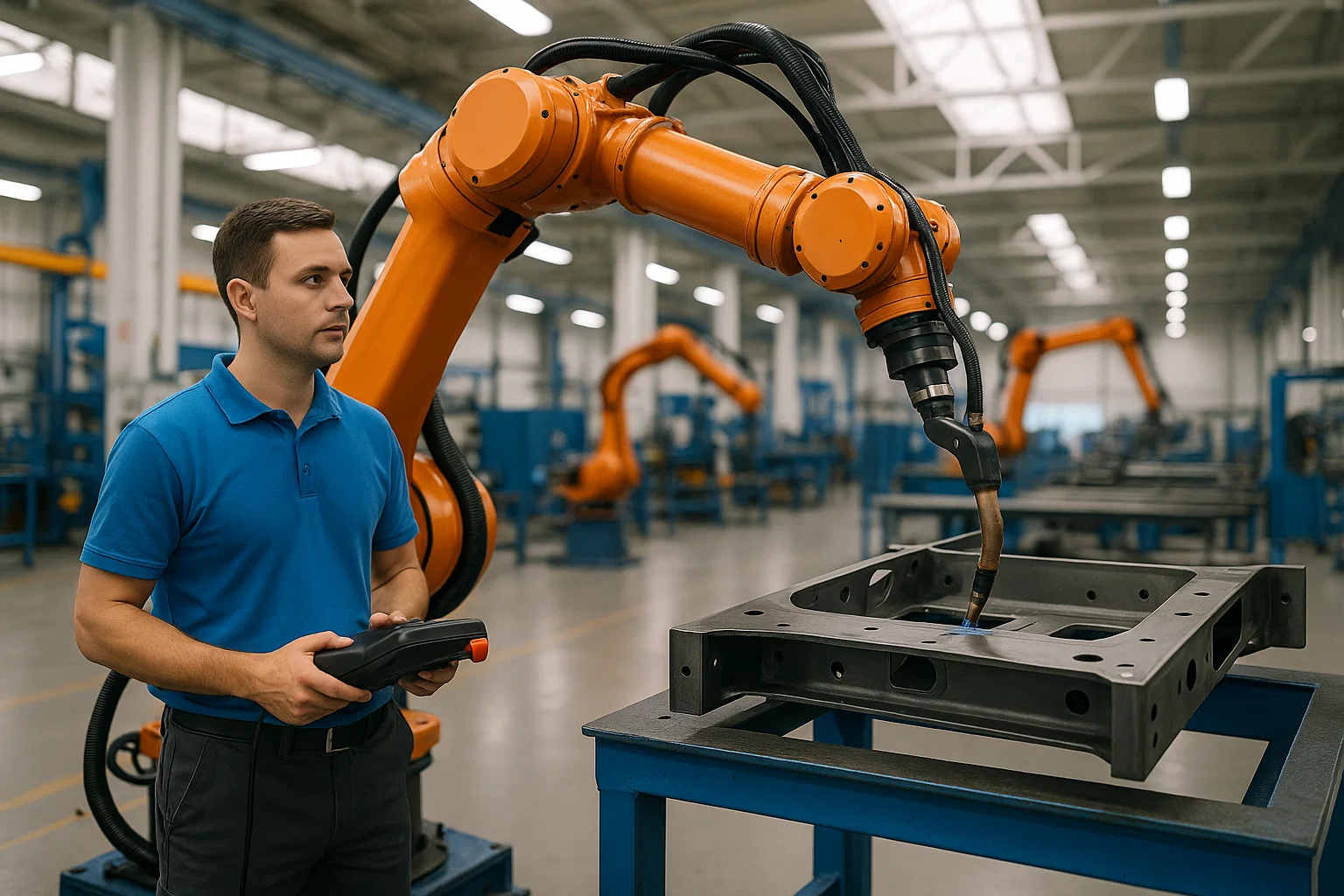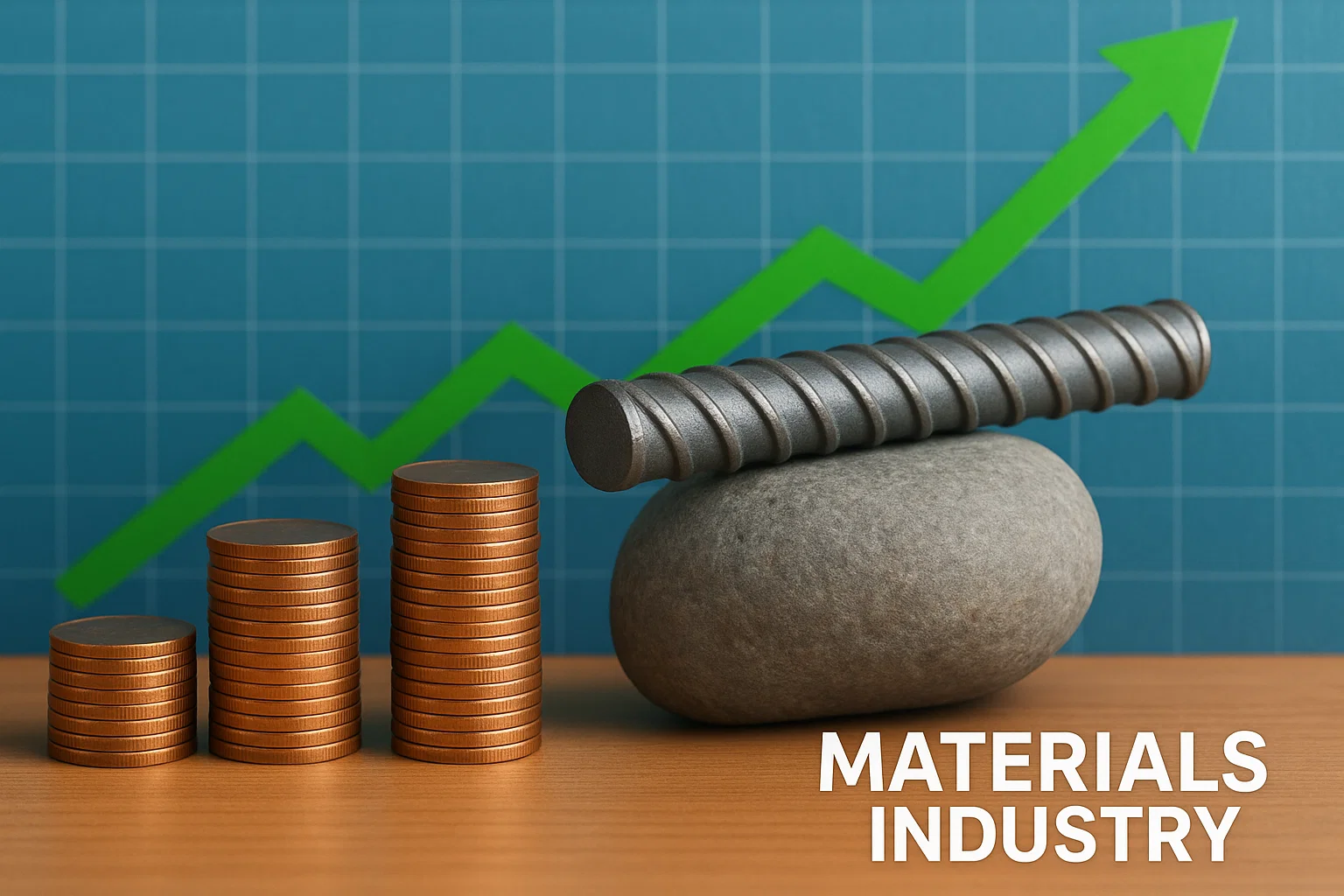Manufacturing
- by:
- Nick H
Key Points
The manufacturing sector produces both durable and nondurable goods, driving economic growth and innovation
Key drivers include economic cycles, global trade, technology, labor costs, and sustainability regulations
Digital transformation, reshoring, and sustainability are reshaping the manufacturing landscap
For adsense add
Advertisement

affiliate add
For adsense add
Mail Sign Up
Get The Latest News & Stock Picks
Stay ahead of the market with expert news, actionable tips, and exclusive stock picks delivered straight to your inbox. Join a community of investors who value real insights and smarter strategies. Sign up now and get the edge you need to invest with confidence.
By submitting your email, you agree to receive updates and promotional content from our team. You can unsubscribe at any time. For more details, please review our Privacy Policy.
For adsense add
For adsense add
The manufacturing sector forms the backbone of industrial economies, shaping everything from job creation and GDP growth to innovation and global trade. Every product, from smartphones and cars to industrial machinery and medical devices, originates in manufacturing facilities across the world. For investors, the manufacturing sector offers both growth and income opportunities, often acting as a leading indicator of economic cycles.
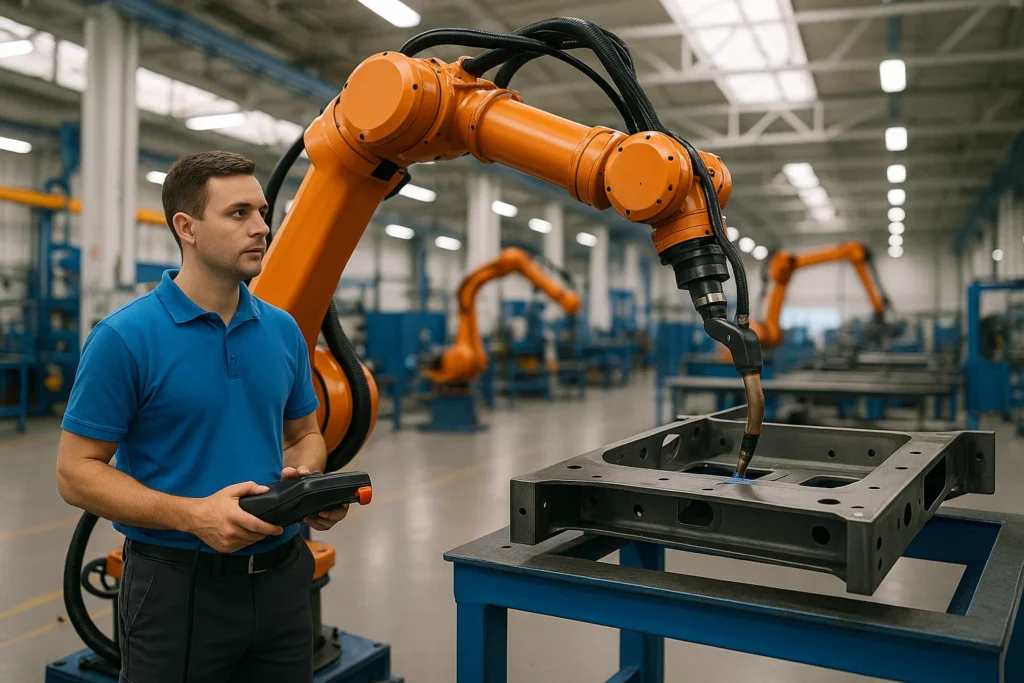
In today’s dynamic landscape, the sector is evolving rapidly, integrating advanced technologies, facing global competition, and navigating supply chain disruptions. Understanding the manufacturing sector’s structure, performance drivers, and major trends is essential for making informed investment decisions.
What Is the Manufacturing Sector?
The manufacturing sector includes companies engaged in transforming raw materials into finished goods on a large scale. This process encompasses design, engineering, production, assembly, and quality control. Manufacturing companies are broadly categorized by the types of products they produce and the markets they serve.
Key Segments of the Manufacturing Sector
1. Durable Goods Manufacturing
These are products with a long life cycle, such as automobiles, appliances, aircraft, and heavy machinery. Demand for durable goods often fluctuates with economic cycles and consumer confidence.
2. Nondurable Goods Manufacturing
Nondurable goods include products with shorter life spans like food, beverages, pharmaceuticals, and personal care items. These tend to have more stable demand, regardless of economic conditions.
3. Advanced Manufacturing and Technology
This segment focuses on high-tech products like semiconductors, robotics, medical equipment, and aerospace components. Advanced manufacturing is central to innovation, productivity, and global competitiveness.
4. Industrial and Capital Goods
Manufacturers in this segment produce equipment, tools, and machinery used by other industries. Their performance is closely tied to business investment and infrastructure spending.
How Investors Access the Manufacturing Sector
Investors can participate in the manufacturing sector through several vehicles:
Individual Stocks:
Leading manufacturers are listed on major stock exchanges, ranging from multinational giants to niche players specializing in advanced products.
Sector ETFs and Mutual Funds:
Funds focused on industrials or manufacturing provide diversified exposure to a broad group of manufacturing companies.
Thematic Investments:
Thematic funds and stocks targeting automation, robotics, or supply chain technology allow investors to capitalize on specific manufacturing trends.
What Drives the Manufacturing Sector?
Multiple forces shape the growth and profitability of manufacturing companies:
1. Economic Growth and Business Cycles
Manufacturing activity rises during economic expansions, as consumers and businesses purchase more goods. During slowdowns or recessions, demand for many manufactured products, especially durables, often declines.
2. Global Trade and Supply Chains
International trade is vital for manufacturers, both as buyers of raw materials and sellers of finished goods. Tariffs, trade agreements, and disruptions (like those seen during the COVID-19 pandemic) can have significant impacts on costs and revenues.
3. Technological Innovation
Automation, robotics, artificial intelligence, and advanced materials are transforming manufacturing. Companies that adopt new technologies can boost productivity, reduce costs, and improve quality, while those that lag risk losing market share.
4. Labor Costs and Productivity
Labor is a major input in manufacturing. Companies seek to balance wage growth with productivity improvements to maintain profitability. Offshoring and nearshoring decisions are also driven by labor cost considerations.
5. Environmental Regulation and Sustainability
Sustainability is a growing focus. Regulations on emissions, waste, and resource use are shaping how companies operate and invest. Eco-friendly manufacturing practices can drive competitive advantage and appeal to increasingly conscious consumers and investors.
Leading Companies in the Manufacturing Sector
The manufacturing sector is home to a diverse set of industry leaders, including:
General Electric (GE): A major player in industrial equipment, power, and aviation.
Caterpillar (CAT): The world’s largest manufacturer of construction and mining equipment.
Boeing (BA): A global leader in aerospace and defense manufacturing.
Honeywell International (HON): Specializes in industrial automation, aerospace, and advanced materials.
3M Company (MMM): A diversified manufacturer known for innovation across consumer, healthcare, and industrial markets.
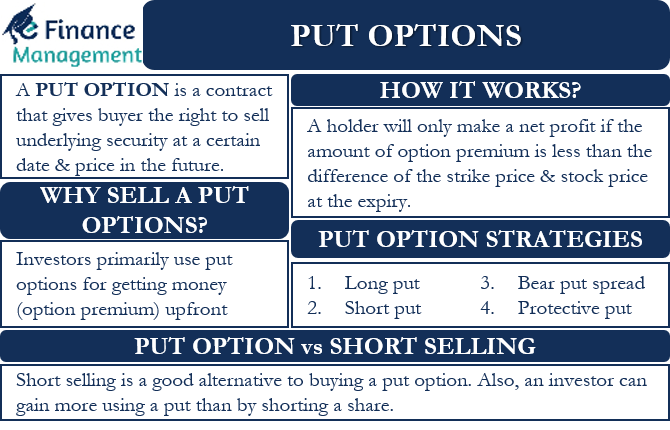
Risks and Challenges in Manufacturing
Manufacturing is a cyclical and highly competitive sector, presenting unique challenges for investors:
1. Economic Sensitivity:
Manufacturers are vulnerable to recessions and shifts in consumer or business spending.
2. Supply Chain Disruptions:
Shortages of key components or transportation issues can halt production and impact profitability.
3. Trade Policy and Tariffs:
Changes in trade agreements or imposition of tariffs can alter supply costs and global competitiveness.
4. Technological Disruption:
Failure to innovate or adapt to new technologies can quickly erode market position.
5. Rising Costs:
Input costs, including labor, raw materials, and energy, can squeeze margins if not managed effectively.
Manufacturing Sector Outlook: Trends and Forecasts
The manufacturing sector is at a crossroads, facing both challenges and exciting opportunities. Here are the top trends shaping its outlook:
Digital Transformation:
The rise of “smart factories,” powered by the Industrial Internet of Things (IIoT), artificial intelligence, and automation, is driving productivity and reducing costs.
Reshoring and Regionalization:
Global events have sparked a trend toward bringing manufacturing closer to end markets, improving resilience but sometimes increasing costs.
Sustainability Initiatives:
Manufacturers are investing in energy efficiency, circular economy principles, and green technologies to meet regulatory and market demands.
Growth in Advanced Manufacturing:
Sectors like aerospace, medical devices, and semiconductors are seeing strong growth, driven by innovation and increasing global demand.
Investment in Workforce Skills:
Companies are training and upskilling workers to handle new technologies and advanced production methods.
How to Evaluate Manufacturing Stocks
Investors should consider the following when analyzing manufacturing companies:
Revenue Growth and Cyclicality: Track historical sales growth and sensitivity to business cycles.
Profit Margins and Cost Controls: Look for companies with strong margins and the ability to manage input costs.
Innovation and R&D Spending: Commitment to research and development often signals long-term competitiveness.
Global Footprint and Supply Chain Strength: Diversified operations and robust supply chains support stability.
Management and Capital Allocation: Strong leadership with prudent capital investment is critical.
Conclusion: Manufacturing’s Role in a Diversified Portfolio
The manufacturing sector remains vital to economic growth and investment portfolios. It offers exposure to powerful trends in technology, trade, and sustainability, while providing opportunities for both capital appreciation and dividends. Investors who understand the sector’s drivers, risks, and leaders are best positioned to benefit from the next wave of industrial innovation.
For adsense add




